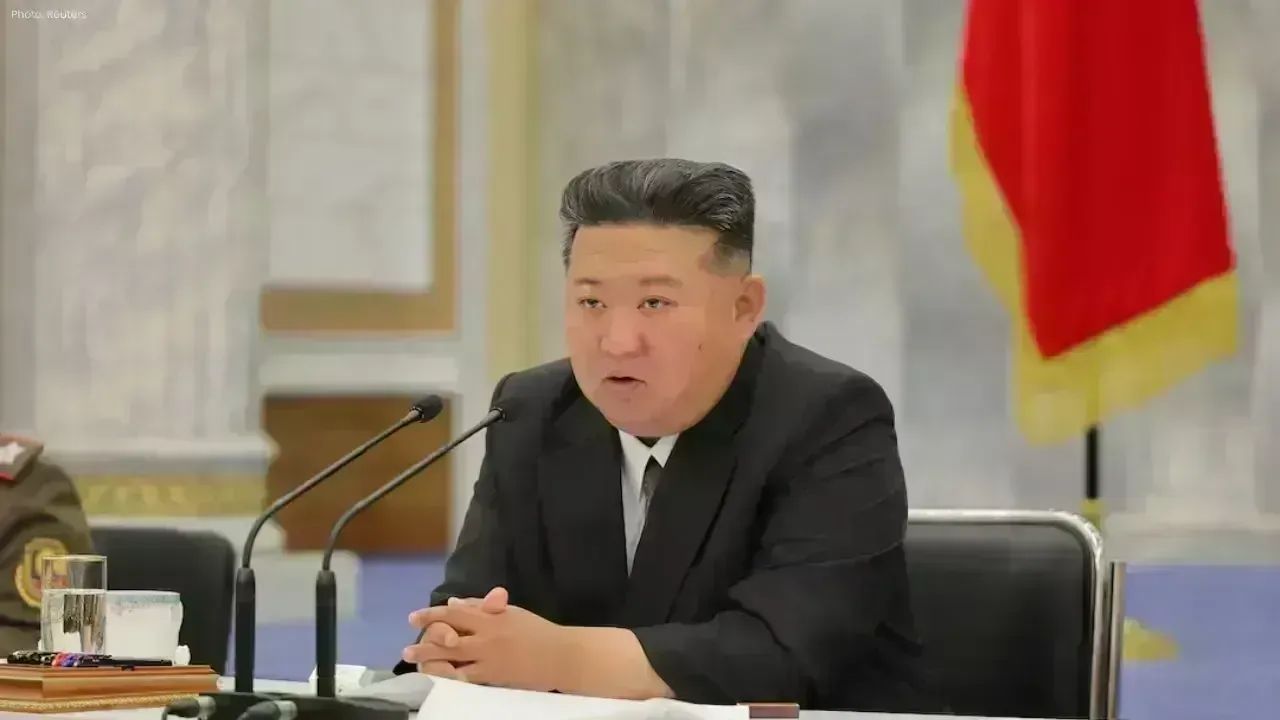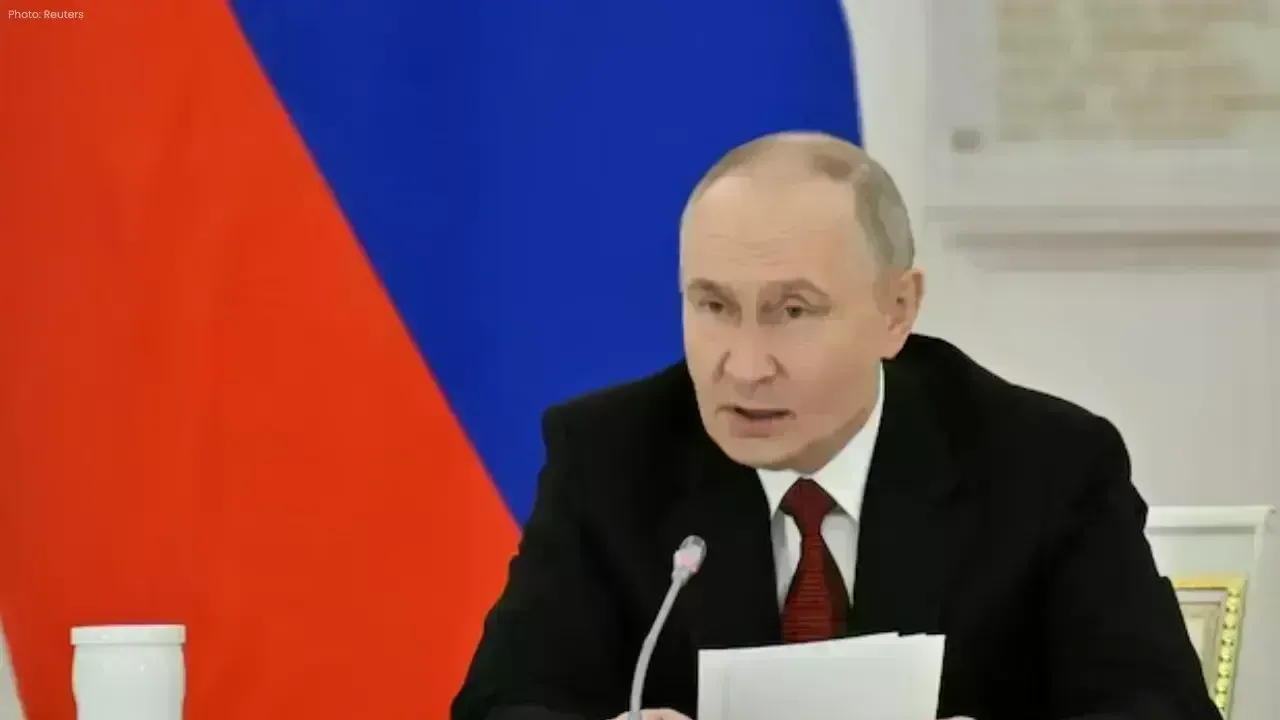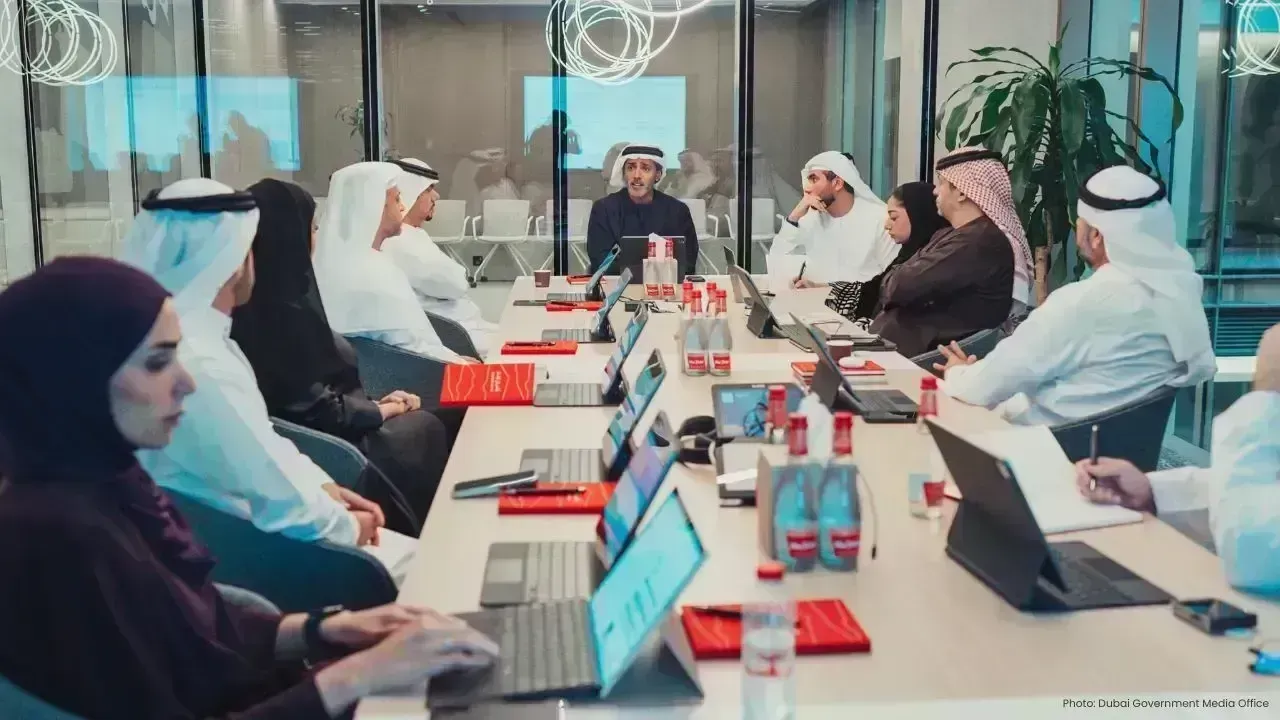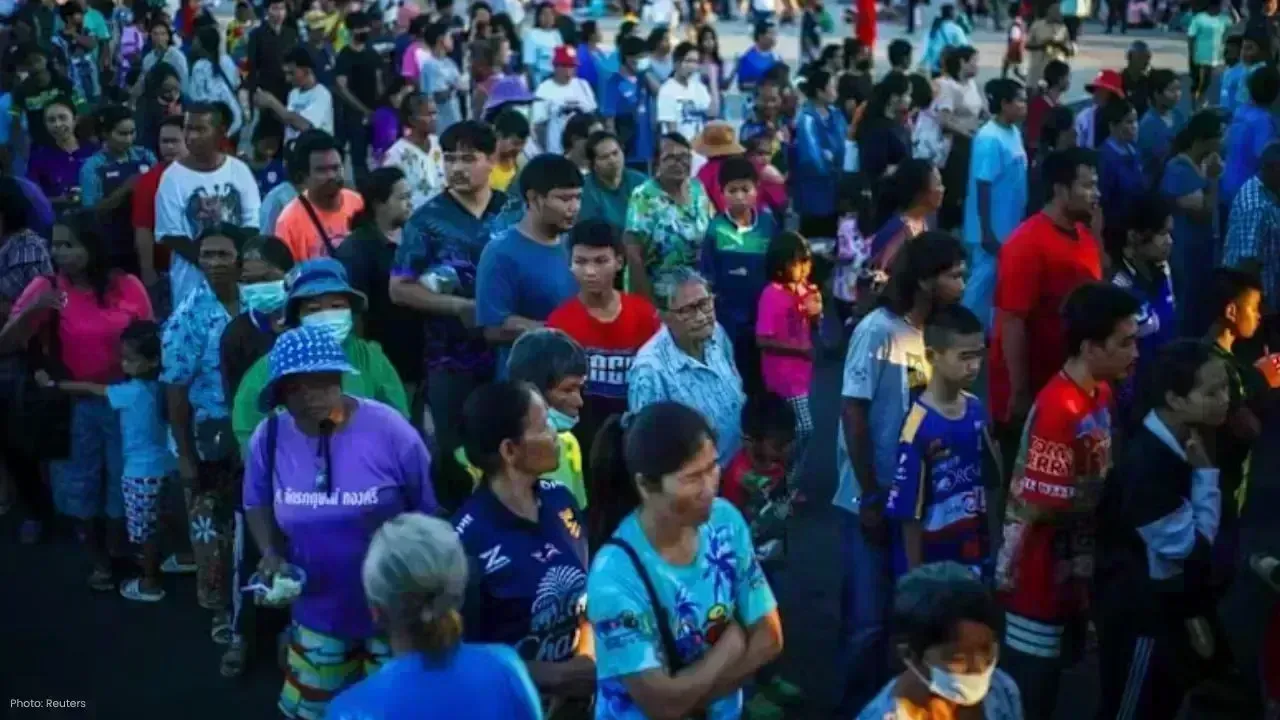You have not yet added any article to your bookmarks!

Join 10k+ people to get notified about new posts, news and tips.
Do not worry we don't spam!

Post by : Anis Farhan
Football has long been the world’s most popular sport, but for decades, women’s football struggled to gain recognition. In Asia, where football passion runs deep, the women’s game is finally stepping into the spotlight. From the streets of Bangkok to the stadiums of Tokyo, young girls are picking up the ball with dreams of becoming professional footballers.
The 21st century has marked a turning point. FIFA’s increased focus on women’s development, the Asian Football Confederation (AFC) initiatives, and global advocacy for gender equality in sports have given women’s football a platform to thrive. Despite financial, cultural, and structural hurdles, Asia is becoming a key player in shaping the global future of women’s football.
Women’s football in Asia had modest beginnings. Countries like Japan, China, and North Korea were among the first to organize structured women’s competitions in the late 20th century. However, progress was uneven:
Lack of Infrastructure: Early women’s teams lacked access to proper training grounds and coaching.
Cultural Barriers: In conservative societies, women playing sports was often frowned upon.
Financial Neglect: Limited sponsorship and investment restricted player opportunities.
Despite these challenges, the passion for the game never waned, and pioneers laid the foundation for future growth.
Several milestones pushed women’s football in Asia into the global spotlight:
China’s “Steel Roses” (1999 FIFA Women’s World Cup): China reached the final, losing to the US in a dramatic penalty shootout. This achievement showcased Asia’s potential.
Japan’s World Cup Victory (2011): Japan’s women’s team stunned the world by winning the FIFA Women’s World Cup, proving that Asian teams could dominate on the biggest stage.
Club Competitions Expansion: The AFC introduced continental competitions, giving women’s clubs more exposure and competitive opportunities.
These achievements inspired a new generation of players and fueled investment into grassroots programs.
Women’s football in Asia is now on a fast track:
Professional Leagues: Countries like Japan (WE League), South Korea (WK League), and Australia (A-League Women) have thriving professional leagues.
Youth Development: Grassroots academies are nurturing talent, with more girls taking up football at a young age.
Global Recognition: Players like Sam Kerr (Australia), Mana Iwabuchi (Japan), and Wang Shuang (China) have become international icons.
The growing popularity of women’s football is also evident in rising viewership, with matches attracting millions of fans across Asia.
Despite progress, challenges remain significant:
Financial Inequality: Women players still earn a fraction of what male players make. Many struggle to sustain professional careers.
Limited Media Coverage: Men’s football dominates television and sponsorship deals, leaving women’s football with less exposure.
Cultural Resistance: In some regions, conservative norms continue to restrict women’s participation in sports.
Infrastructure Gaps: Rural and developing areas lack access to facilities and structured leagues.
Addressing these barriers is crucial for ensuring long-term sustainability.
The AFC, FIFA, and national associations are playing vital roles in supporting women’s football:
AFC Women’s Football Committee: Focuses on policy-making and development projects.
FIFA Women’s Development Programs: Provides funding for coaching, infrastructure, and player development.
Corporate Sponsorships: Companies are slowly recognizing the marketing potential of women’s football, leading to better visibility and financial backing.
The synergy between governing bodies and private sponsors is essential for scaling up the game.
Participation in global tournaments has accelerated growth:
World Cup and Olympics: Regular appearances of Asian teams at these events inspire domestic enthusiasm and attract investment.
2023 FIFA Women’s World Cup: Co-hosted by Australia and New Zealand, this event gave Asian teams a platform to showcase their talent and boosted the sport’s regional profile.
Asian Cup Competitions: Regional tournaments have become stepping stones for emerging teams to test their strength.
Global exposure continues to fuel dreams among young players in Asia.
Beyond sports, women’s football is driving social transformation:
Gender Equality: Challenging stereotypes and opening conversations about women’s roles in society.
Inspiration for Youth: Role models in football encourage girls to pursue both sports and leadership positions.
Community Engagement: Football has become a platform for campaigns around education, health, and empowerment.
Women’s football is more than a game—it’s a tool for breaking barriers across Asia.
The future looks promising, but sustained efforts are necessary:
Expanding Professional Leagues: More countries need structured women’s leagues to provide career opportunities.
Equal Investment: Sponsors and federations must bridge the financial gap between men’s and women’s football.
Enhanced Coaching and Facilities: Training infrastructure must be expanded, particularly in developing nations.
Cultural Shifts: Grassroots campaigns and role models can inspire societal acceptance of women athletes.
If these challenges are addressed, Asia could soon become a powerhouse in women’s football.
Women’s football in Asia has traveled a long road, from struggling beginnings to achieving global glory. While challenges persist, the milestones achieved by teams like Japan and China, alongside the rising professional leagues, prove that the sport is on an upward trajectory.
With greater investment, cultural acceptance, and support from governing bodies, women’s football in Asia can continue to grow, offering millions of girls the chance to dream big. The next decade could very well define Asia as a central hub for women’s football excellence.
This article is written for informational purposes under Newsible Asia. It highlights the growth, challenges, and milestones of women’s football in Asia but does not represent an official stance.










Thailand Defence Minister Joins Talks to End Deadly Border Clash
Thailand’s defence chief will join talks with Cambodia as border clashes stretch into a third week,

India Raises Alarm Over Fresh Attacks on Hindus in Bangladesh
India has condemned recent killings of Hindu men in Bangladesh, calling repeated attacks on minoriti

Sidharth Malhotra & Kiara Advani Celebrate Baby Saraayah’s 1st Christmas
Sidharth and Kiara share adorable moments of baby Saraayah’s first Christmas with festive décor and

South Korea Seeks 10-Year Jail Term for Former President Yoon Suk Yeol
South Korea’s special prosecutor demands 10 years for ex-President Yoon Suk Yeol on charges includin

Salman Khan’s Exclusive 60th Birthday Bash at Panvel Farmhouse
Salman Khan to celebrate his 60th birthday privately at Panvel farmhouse with family, friends, and a

Dhurandhar Breaks Records with Rs 1006 Cr, Becomes Bollywood’s Biggest Hit
Dhurandhar rakes in over Rs 1006 crore worldwide in 21 days, becoming Bollywood’s highest-grossing f